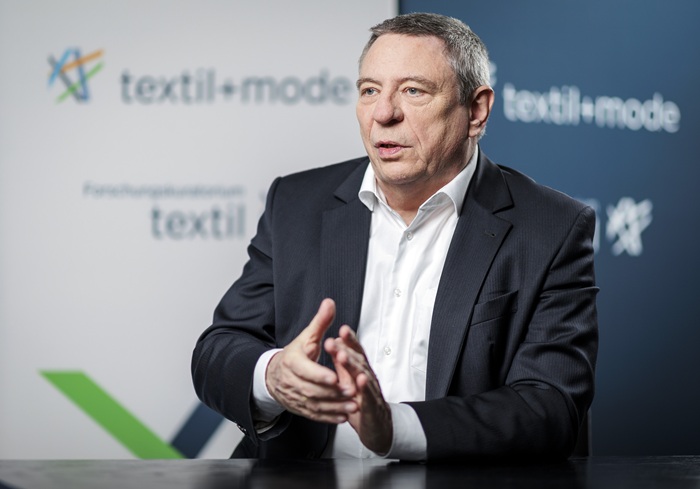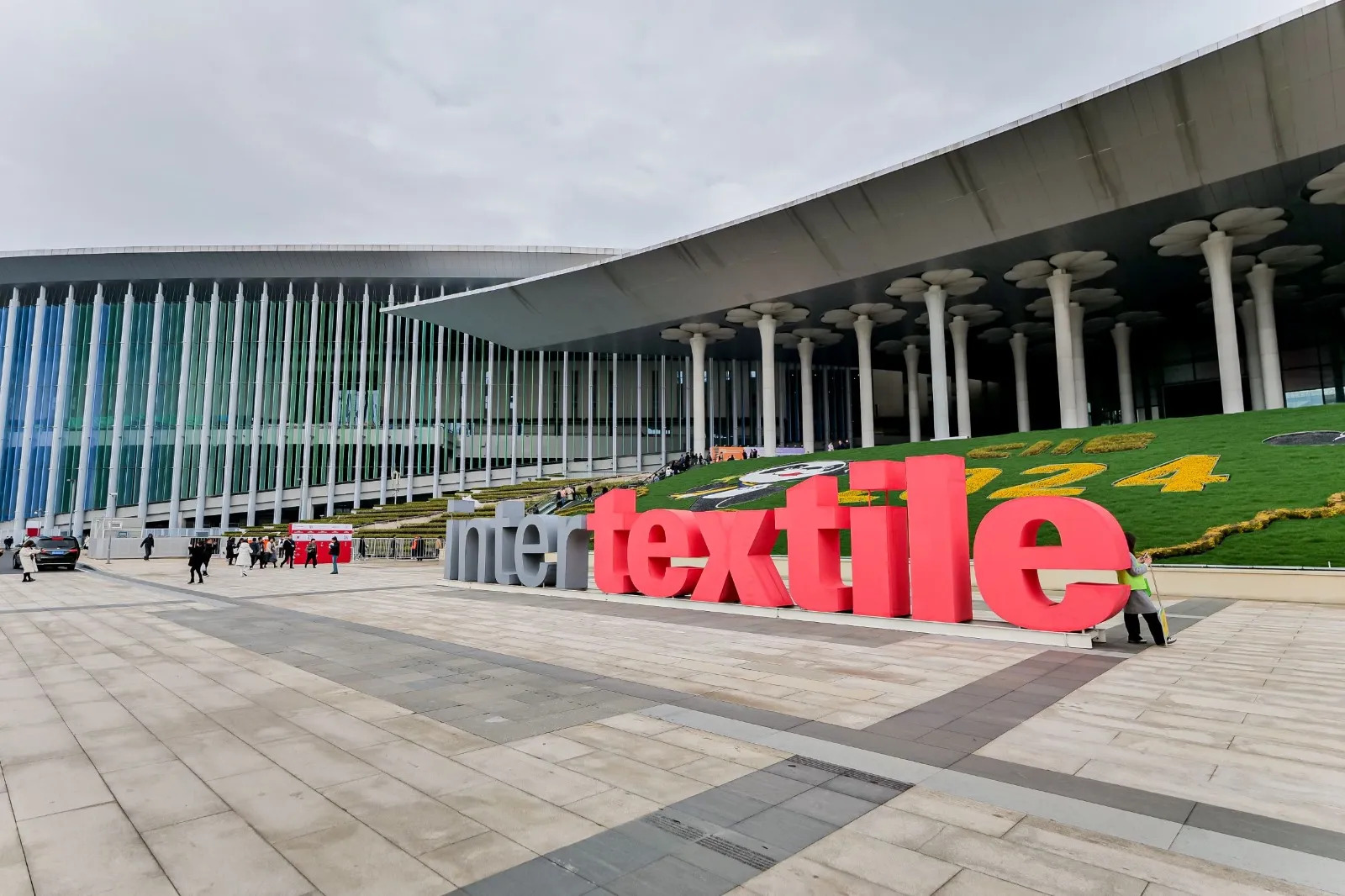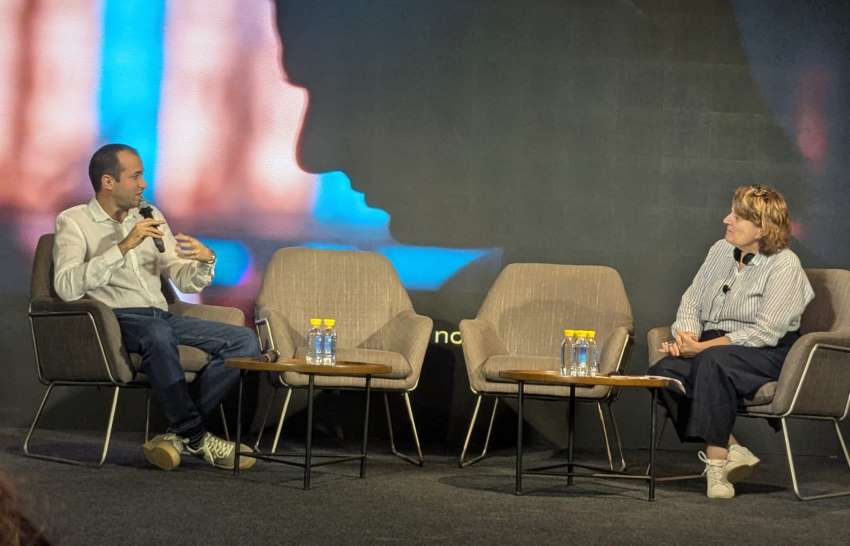FW
Levi Strauss recently sued Italy-based menswear brand Isaia Corp for infringing its ‘Tab device’ trademark.
The Tab device, which is made up of a textile marker or other material sewn into one of the regular structural seams of the garment including a back pocket, is used on Levi Strauss’s jeans and a variety of other clothing..
Levi Strauss alleged that Isaia has manufactured, marketed and sold substantial quantities of jeans that feature a pocket tab similar to its own. The claim stated that this is likely to confuse consumers about the source of Isaia’s products and/or the relationship between Levi Strauss and Isaia.
The company is also being sued for unfair competition and dilution of famous marks. Levi Strauss is seeking damages, lost profits and an enjoinment preventing Isaia from manufacturing the supposed infringing products.
Mumbai Heritage Conservation Committee (MHCC) will commence the construction of India’s first textile museum in the city this month.
Work on the first phase of the project, which includes a light show and depiction of a mill worker’s life, will start in a few days. The museum will be set up at United Mills’ compound, Kala Chowkie. The second phase will be executed after four to five months.
The contract for the project has been awarded to Swami Constructions, who will implement the project on an area of 44,000 square metre at the defunct United Mills.
The first phase, on 10,000 square metre in the mill premises, will include beautification and landscaping around a lake inside the compound; setting up of an exhibition centre; a multipurpose plaza with art stalls and murals depicting a bygone era; and a cafeteria.
Attendees at HKTDC trade fairs in Hong Kong largely believe the U.S. and China will resolve their current trade dispute.
The trade development commission polled attendees at its seven fairs in April, which included the co-located Hong Kong International Home Textiles and Furnishings Fair and Hong Kong Houseware Fair, about their views on the situation.
On-site surveys conducted revealed 70 per cent of respondents expected no negative impact on Hong Kong's export performance, while 80 per cent were neutral or optimistic that the two nations would resolve their differences. Asked about business challenges, 47 per cent expect operating costs to increase and 44% expect raw materials prices will fluctuate.
More than 230,000 buyers from 176 countries and regions attended the seven fairs organised by the HKTDC in April, a yearly increase of nearly 3 per cent. Among them, 130,000 of the buyers were from mainland China and overseas, up 4 per cent, while there were more than 9,000 exhibitors.
Japanese designer Fumito Ganryu is scheduled to debut at Florence’s iconic menswear trade show PittiUomo 94 in June, Ganryu’s collection is being billed as an exploration of the relationship between body and clothes, revealing the essence of the designer’s personal style, as well as a new interpretation of modern and conceptual aesthetics.
In 2000, Fumito Ganryu graduated from Bunka Fashion College, and developed his career at Comme des Garçons, under the aegis of founder ReiKawakubo. There, between 2004 and 2017, he worked alongside designers such as Junya Watanabe and Tao Kurihara.
In 2007, he launched the Ganryu menswear line for Comme des Garçons, featuring a streetwear style inspired by workwear basics. The line was terminated with the Spring/Summer 2017 season, as the designer left the Japanese label exactly a year ago.
In addition to debuting the Fumito Ganryu label, PittiUomo will also feature Craig Green as menswear guest designer, special guest Roberto Cavalli, and the “Fanatic Feelings Fashion Plays Football” exhibition, curated by contemporary art critic Francesco Bonami, and Markus Ebner, founder of German fashion magazines Achtung and Sepp Football Fashion.
EU socks imports were up 25.7 per cent in 2017 compared to 2013. More than 75 per cent of these imports came from two countries - Turkey and China. Turkey has a 33.6 per cent share of the EU market while China has a 38 per cent share.
In terms of quantity, China has emerged as leader thanks to price competitiveness and leads in synthetic fiber socks. Turkey holds a strong position in cotton socks. But China sells more socks because of its price advantage.
Turkish labor, input and production costs are high. However one advantage of socks made in Turkey is they are three hours away from the EU and can be delivered in a short time of around three days.
Among the EU countries, Germany, UK and the Netherlands were the largest importers. The combined share of these three countries was over 56 per cent.
Turkey has jumped to second place after China in socks exports globally. With its modern machinery park, and high production and export capacity, Turkey has been inking its name in the global textile market. There are more than 300 socks factories in Turkey with medium and large-scale production capabilities.
China is number one but the Chinese socks industry is looking sick. Inventories are piling up and excess capacity is a problem.
Columbia Sportswear has appointed Michael Richardson as the new Vice President of global merchandising for the Columbia brand, with effective from April 23, 2018. He will report to Executive VP and Columbia brand president Joe Boyle.
In his new role, Richardson will develop and execute the strategic vision for Columbia’s global apparel product assortment. He has over 30 years of retail industry experience, most of it gained at Gap Inc. He spent nine years in merchandising roles at Gap, most recently, serving as VP of franchise product. In this role, he managed the product teams in merchandising, planning and buying for the Gap, Banana Republic and Old Navy franchise businesses across approximately 40 countries.
Starting his career as the Vice President and General Manager for Sports Country Ltd, Richardson joined Gap in 1993, as a divisional merchandise manager. He was also president and principle for Coopers Gourmet Foods.
Yiwu Tex will be held in China, May 17 to 19, 2018. This is a trade fair for the textile and garment industry. It will showcase the latest machinery and products in a variety of categories covering the whole textile industry chain, knitting and hosiery machinery, sewing and automatic garment machinery, textile printing and knitting products.
High-caliber experts and representatives of well-known enterprises will share their insights on the challenges and opportunities of the textile industry.
Compared with some other large scale textile machinery exhibitions, Yiwu Tex is relatively more specialized and visitors are more concentrated.
Among the product groups are braiding machines, embroidery machines, engine components, fabrics, fiber, knitting machines, looms, material handling systems, packaging, sewing machines, spinning machines, textile dyeing machinery, textile machinery, textile printing machines, threads, yarn.
Besides health textiles, the exhibition also focuses on introducing intelligent production, smart management as well as advanced automatic technologies and equipment with the aim of helping industry players with their transition from traditional production to smart production.
Yiwu Tex 2017 attracted 8,912 professional buyers from 38 countries and regions. Overseas visitors were from India, Russia, South Korea, Taiwan, Hong Kong, Malaysia, Iran and Uzbekistan. The knitwear display zone also received wide acclaim for offering buyers a rewarding experience to understand the applications of the latest knitting techniques, fabric technologies and printing patterns.
The 501 jean recently completed 145 years since its launch on May 20, 1873 by Levi Strauss & Co. and J.W. Davis.
This milestone achievement was celebrated near São Paulo’s famous Sé Cathedral, at Casa De Francisca.
The 1920s palace set the mood for a midday party as Brazilian Levi’s brand ambassadors, from musicians to designers, along with media and other guests joined in the celebration.
The event also Jennifer Lopez’s crystal-studded Levi’s Superlow jeans from 2001, 501jeans from throughout the decades, including an 1890 pair worn by a cowboy, a 1940s 501 jean with torn knees and patches found near a mine in Colorado and the 501 jeans Steve Jobs wore when he introduced an early Apple computer in the 1980s
Texzone Information Services will organise HGH India 2018, India's leading annual trade show for Home Textiles, Home Décor, Gifts & Houseware from July 03-05, 2018 at the Bombay Exhibition Centre, Mumbai, India.
The trade show will provide a focused marketing platform for designer, branded and mass produced goods, enabling the sellers to reach out to retailers, distributors and institutional buyers across India.
The products range will include categories like home textiles, furnishing fabrics, home décor products like wall papers, blinds, rugs and floor coverings, fragrances, spa products, handicrafts; houseware products like cookware, tableware, kitchenware, kitchen appliances, cleaning, health & hygiene, storage and outdoor products and a variety of innovative gift products.
The event is expected to be attended by 550 exhibitors from 30 countries
In a recent report on emerging trends in manufacturing, the World Bank has mentioned textiles, garments and leather based industries will continue to be biggest job creators in low and medium industrialised countries like India.
The world bank report cryptically titled ‘Trouble in the Making?’ has cautioned that widespread use of robotics and 3 D printing will cause a disruptive change in the global manufacturing sector and the first casualty will be jobs.
This is of great concern for countries like India where the large mass of low and zero skilled youth joining the job market can only be absorbed in the manufacturing in the low technology sectors.
Although low skill sectors like garments and leather products will remain comparatively immune from the automation wave, a focus to hi – tech manufacturing has overlooked the traditional industries.












